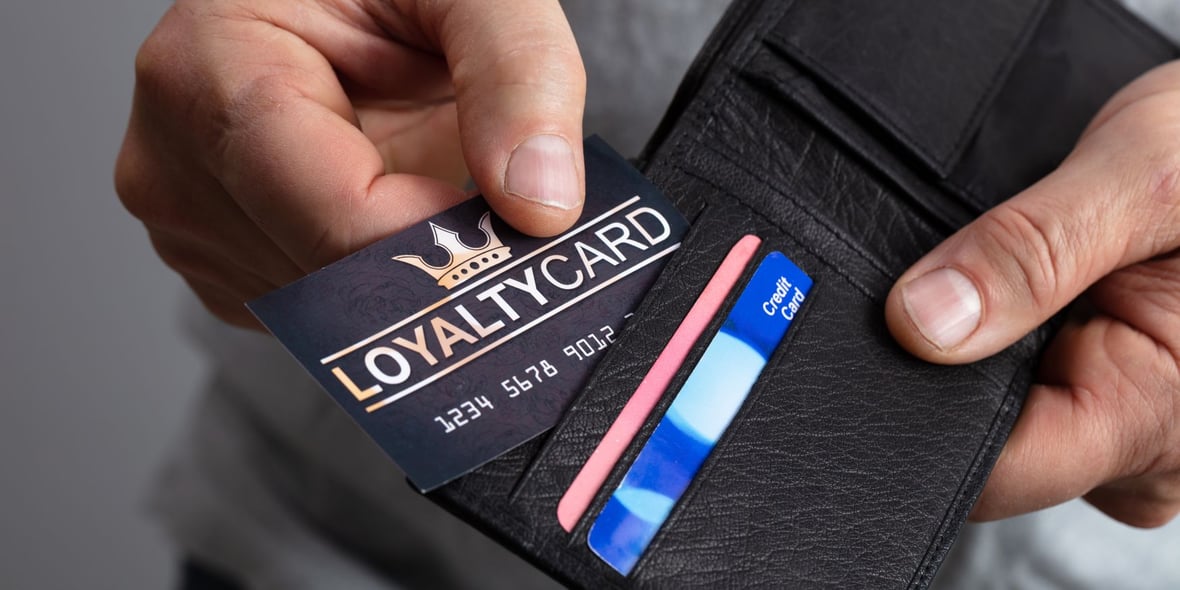
By Kira Renee
What brands keep you coming back? Companies such as Starbucks, Sephora, Ulta, and North Face possess a level of customer loyalty unmatched even by much larger corporations.
To what do they owe that success? They simply give something back:
- Starbucks Stars earn free drinks and food.
- Sephora’s Beauty Insider program offers free merchandise.
- Ulta’s Ultamate Rewards program provides exclusive discounts and gifts.
- North Face’s XPLR Pass program (formerly VIPeak) lets members trade points for savings.
Ideally, you want to replicate these programs’ successes using your brand’s unique take on loyalty rewards. Similar to the examples listed above, the incentive needs to correspond with your company’s target market, mission, and messaging in order to provide value.
Understanding Retention Marketing
Retention marketing doesn’t just benefit your business in the present; it's essential for the long-term growth of your brand. In fact, acquiring a new customer can cost approximately 5-7 times more than retaining an existing one. This means your efforts are usually better spent when the main focus is on retention.
Calculating Customer Retention
Your goal as a business should be to balance customer acquisition with customer retention. Acquisition costs include any marketing or advertising efforts aimed at non-existing customers or potential buyers. Retention expenses include any efforts directed at keeping an existing customer buying. Whereas acquisition builds your customer base, retention allows you to maximize the value of people already buying from you. The formula for calculating customer retention is as follows:
Customer Retention Cost = Total Costs Attributed to Retention Programs / Active Customers During the Period
This figure directly impacts your customer lifetime value (CLV), or the total net profit a business can expect to amass from a particular buyer throughout their relationship with the company. This metric is excellent for gauging the level of customer loyalty in your retention marketing efforts.
Creating a Loyalty Program
Regardless of their industry or position in the market, most e-commerce companies can benefit from a loyalty program. There’s no singular strategy for the perfect program; your program’s effectiveness depends on whether or not the incentive resonates with your audience. To develop a winning loyalty program, consider your what, why, and how.
The What
The general intention of a loyalty program is to reward returning customers. There are four main models of loyalty programs:
- Point-based programs
- Value-based programs
- Subscription-based programs
- Tiered programs
The type of program you implement should reflect your brand’s bottom line. In other words, it should align with your values, business model, target audience, and place in the market. Tailoring your loyalty program’s structure specifically to your buyers’ preferences increases the chances of giving them a positive purchasing experience—and buyers who have a good experience are more likely to become repeat customers.
The Why
Did you know that a return shopper is nine times more likely to convert on a purchase than a first-time shopper? Growing your business relies on much more than reaching and acquiring new customers. In fact, most businesses, regardless of industry, are forced to rely on customer loyalty and recognition to meet their revenue goals—hence the importance of retention marketing.
Customers who consistently have favorable interactions with your business will almost certainly return to make more purchases in the future. When you implement a loyalty program that makes purchasing worth their time and offers more than just the product they’re buying, you encourage repeat transactions.
The How
Generally, there are five steps to creating a loyalty program that benefits both your business and your customer base:
- Define your goals. What, specifically, do you wish to achieve by implementing a loyalty program?
- Decide on your model. What types of rewards suit your goals and encourage engagement from your customers?
- Identify your reward structure. What action is required of the customer, and how do these actions translate into rewards?
- Brand your program. How does your loyalty program represent your brand and its position in the market?
- Launch and promote. Is your program backed by a detailed marketing strategy that includes a pillar page, email campaign, and strong messaging?
Knowing the Risks
As with any significant change in business model, the opportunities that arise from instituting a loyalty program come with several associated risks. Two primary disadvantages exist with the implementation of customer rewards: cost and complexity.
Cost
Most promotions for your brand will cost you in some way, whether it’s bandwidth or budget. There are two ways loyalty programs ultimately cost you:
- Time: Loyalty programs need sufficient time to set up completely, not to mention time for launching the program, marketing it, and managing it.
- Money: You’ll likely need to purchase a third-party program, and paid marketing and budgeting for continued discounts often come with an up-front cost.
However, as long as you have a solid strategy and accurate ROI projections, these programs are certainly worth the investment.
Complexity
Loyalty programs add a whole new layer to your marketing strategy—and, consequently, to your customer experience. Many loyalty programs fail because the host merchant is unable to seamlessly weave the rewards into their existing brand in a way that feels natural and cohesive. The key to a successful program is simplicity: Make the customer-facing experience of your loyalty program as easy and enjoyable as possible.
Incentivizing Customer Loyalty Through Retention Marketing
It’s important to strike a balance between giving lots of value to the customer on a regular basis and managing a productive system that won’t make you lose out on revenue. Your program is supposed to incentivize retention, so think of these loyalty discounts as ROI for retention and revenue growth. Customer loyalty is incredibly valuable, both in the short and long term, and ideally a proper loyalty program will foster that dedication.
By implementing a program that’s aligned with your values and keeps your audience top of mind, you can significantly improve your chances of repeat purchases from returning customers. This proven method of retention marketing benefits your bottom line and is essential for continued growth.
About the author
Kira Renee Kira is our Product Marketing Manager at SmartBug. She believes in a people-first and data-driven marketing approach. Previously working with many reputable brands, building their online brand presence and teaching companies how to enhance their marketing strategy to be customer-centric. When she's not creating a stellar marketing strategy, you can find her enjoying a crisp sour beer surrounded by her hundreds of plants and receiving cuddles from her Labradoodle. Read more articles by Kira Renee.


















-2.png?width=200&height=260&name=New-book%20cover%20(2)-2.png)



